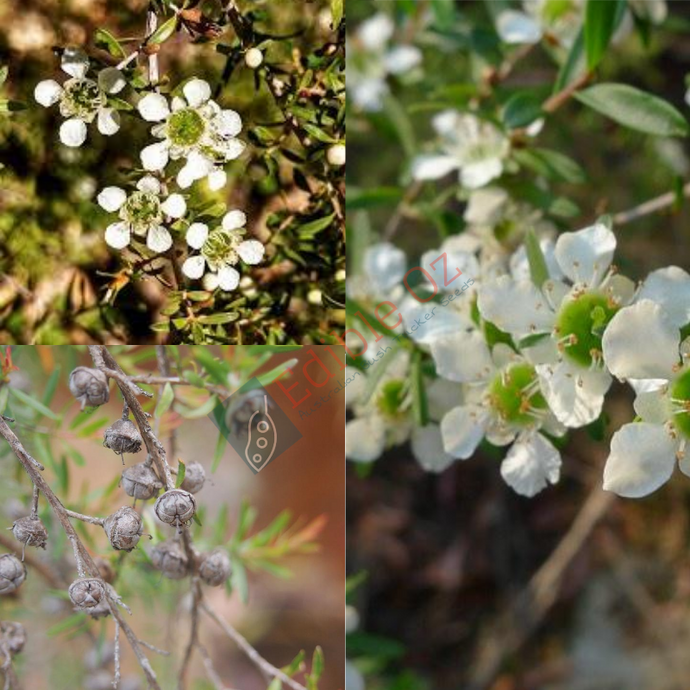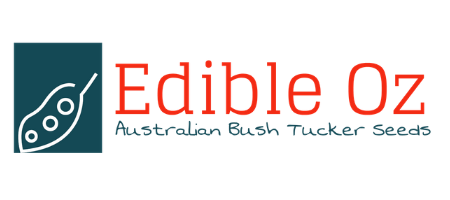
Jelly Bush / Yellow Tea-Tree - Leptospermum polygalifolium (Tantoon) seeds
Regular price
$3.95
Sale
or make 4 interest-free payments of
$0.98 fortnightly with
 More info
More info
Leptospermum polygalifolium - Jelly bush (Manuka Relative)
A versatile shrub or small tree, prized for its ornamental beauty, honey production, and traditional medicinal uses.
Quick Facts
- Height & Spread: Shrub or slender-trunked tree, typically 0.5 to 3 meters tall, but can grow up to 7 meters.
- Flowers: White, greenish, off-white, or pale pink, 10–15 mm in diameter, blooming annually.
- Soil: Prefers well-drained soils; adaptable to a range of conditions.
- Position: Thrives in full sun to light shade; suitable for screens and windbreaks.
- Climate: Found in central eastern NSW to the Victoria border; hardy and reliable in temperate regions.
Why Grow Leptospermum polygalifolium?
This hardy and attractive species is perfect for ornamental landscaping, honey production, and hybridization projects. Its medicinal properties and ecological benefits make it a valuable addition to any garden or plantation.
Bush Food Note
Leptospermum polygalifolium is renowned for its high-quality honey:
-
Honey:
- Chemically similar to manuka honey (Leptospermum scoparium), with comparable medicinal properties.
- Ideal for honey production in regions north of the NSW-Victoria border.
Bush Medicine Note
Traditional uses of Leptospermum polygalifolium include:
-
Leaves:
- Volatile oil extracted from leaves is used as an inhalation remedy for bronchitis.
- Oil also serves as an embrocation to alleviate rheumatism.
Disclaimer: Information about traditional bush medicine is provided for educational purposes only. Always consult a healthcare professional before use
How to Grow
-
Sowing Instructions:
- Sow seeds in a well-drained seed-raising mix.
- Smoke treatment can improve germination rates.
-
Timing:
- Best sown in spring or autumn in temperate climates.
- Avoid extreme cold or heat for optimal results.
-
Position:
- Plant in full sun to light shade.
- Suitable for hedges, screens, windbreaks, or ornamental displays.
-
Care Tips:
- Water regularly during establishment; drought-tolerant once mature.
- Prune lightly to maintain shape and encourage bushy growth.
Uses in Your Garden
- Bush Food Garden: Produces high-quality honey with medicinal properties.
- Ornamental Value: Showy flowers and attractive foliage enhance garden aesthetics.
- Hedging & Windbreaks: Dense growth habit makes it ideal for shelter and screening.
- Native Landscaping: Supports biodiversity and attracts pollinators.
Germination Tips
- Timeframe: Germination occurs within 2–5 weeks.
- Enhancements: Smoke treatment can boost germination rates.
- Temperature: Ideal germination temperature is 18–22°C.
- Season: Sow seeds in spring or autumn for best results.
Order Now
Grow the versatile and beautiful Leptospermum polygalifolium in your garden or plantation. With its ornamental appeal, honey production, and medicinal benefits, Jellybush is a valuable and rewarding addition to any landscape.
Order your Jellybush seeds today and enjoy the many benefits of this hardy Australian native plant!
